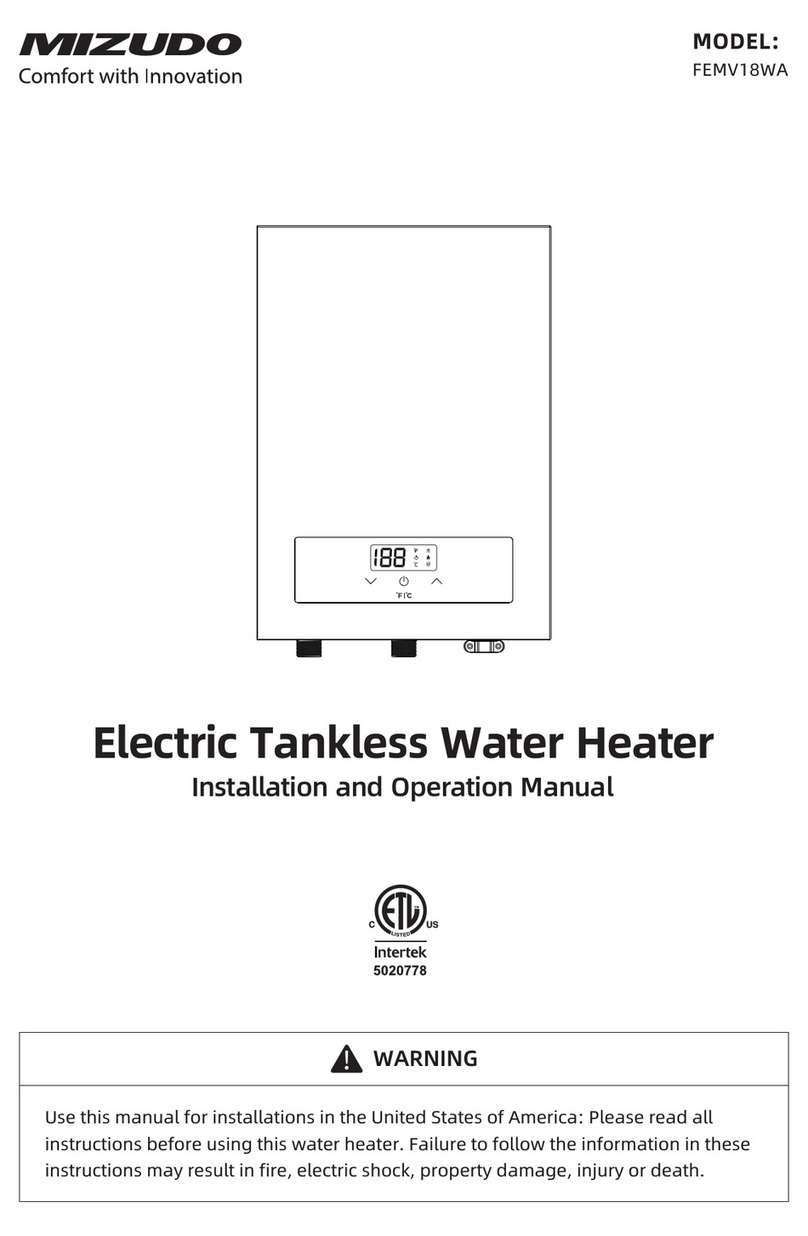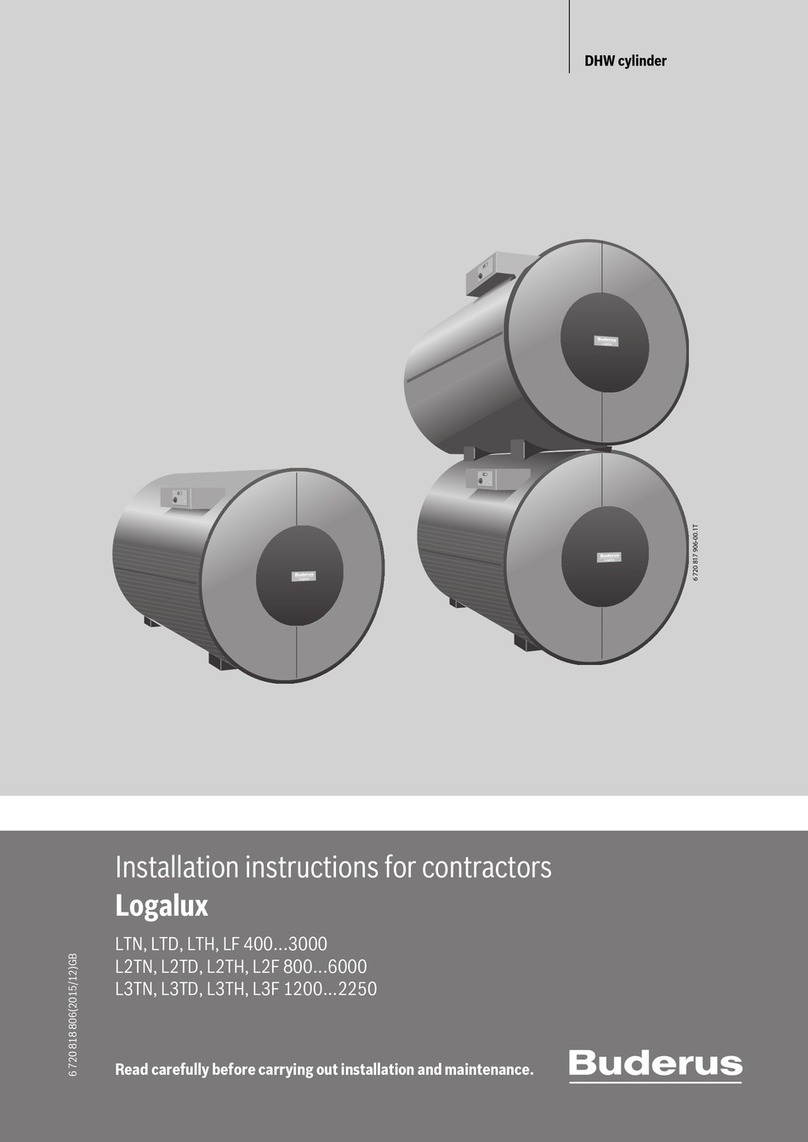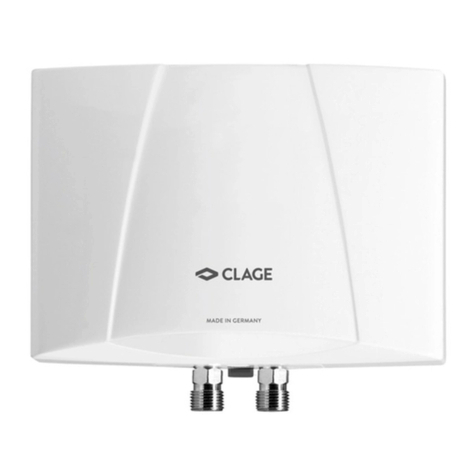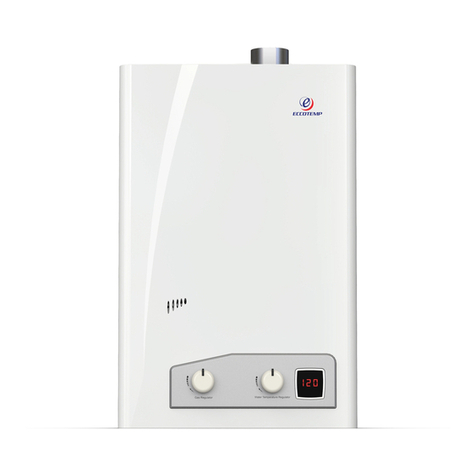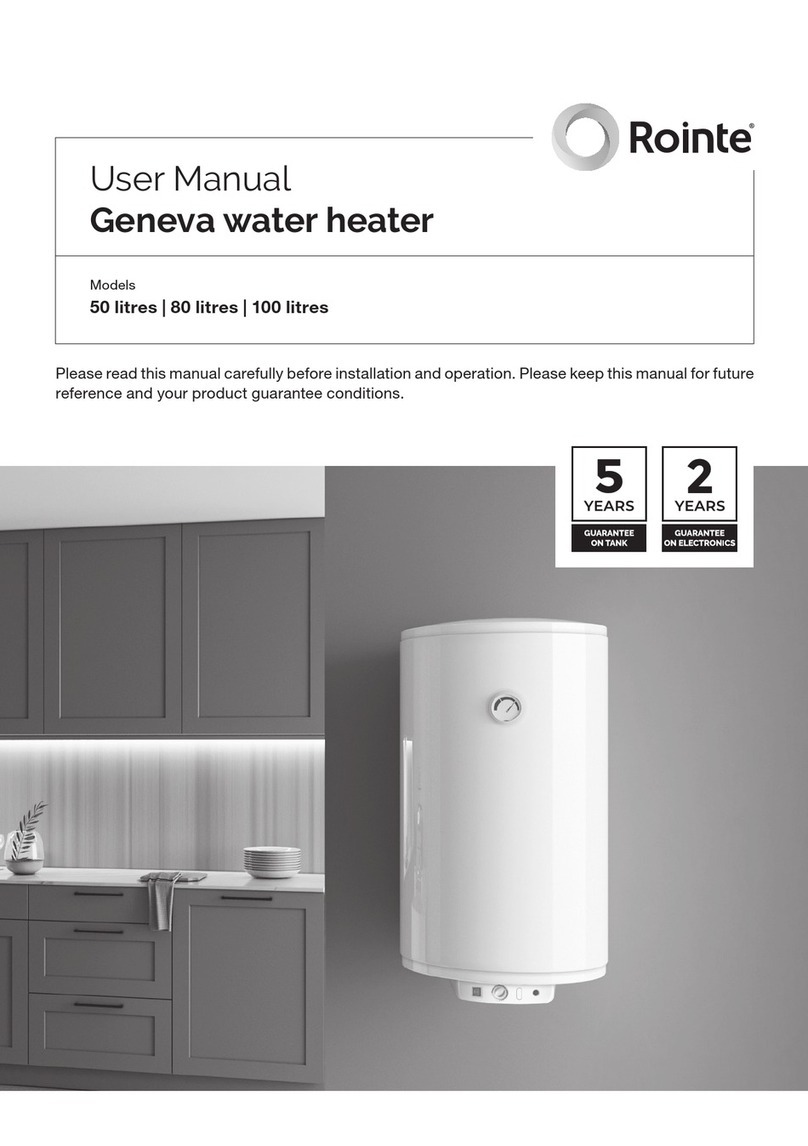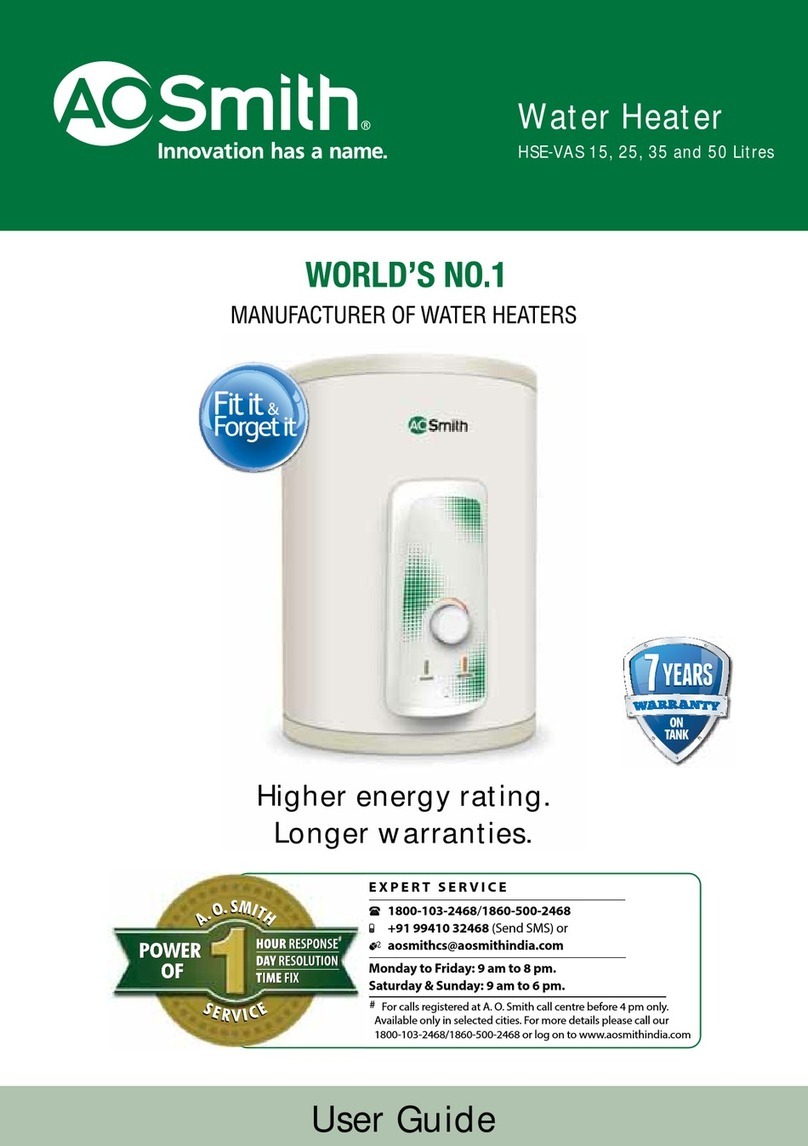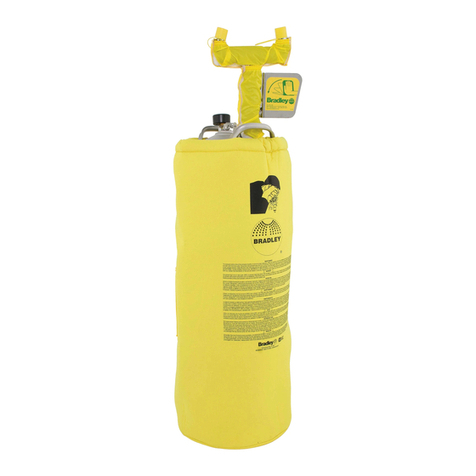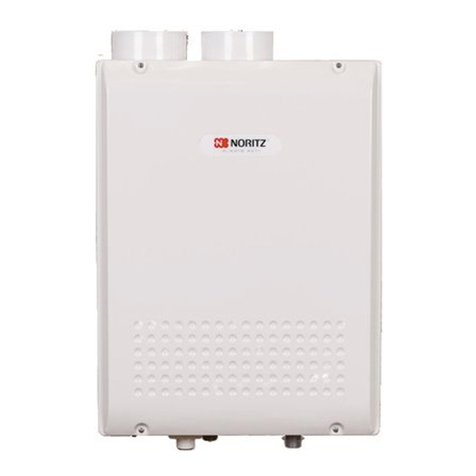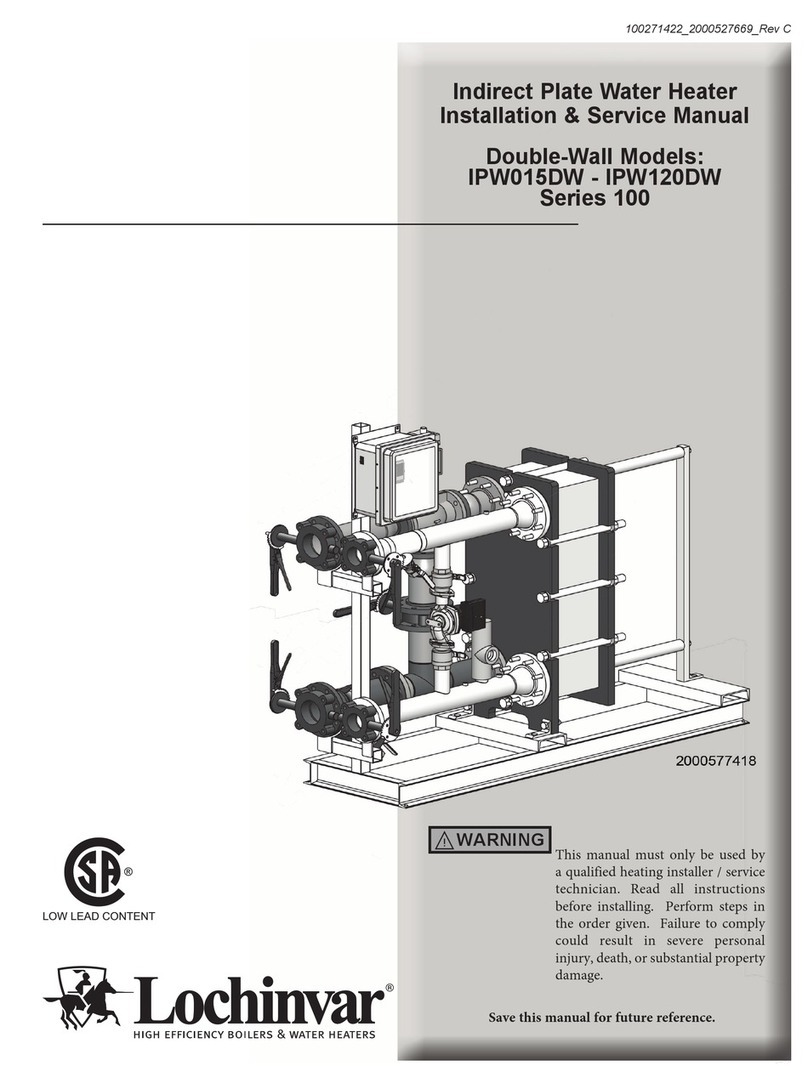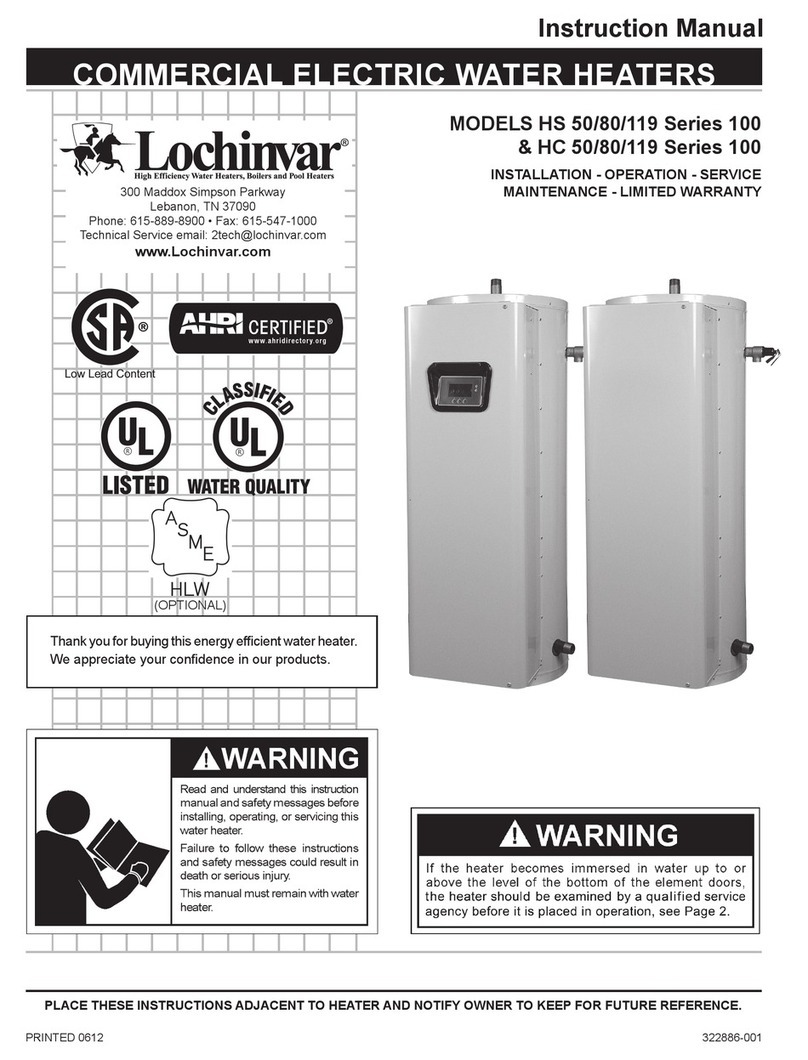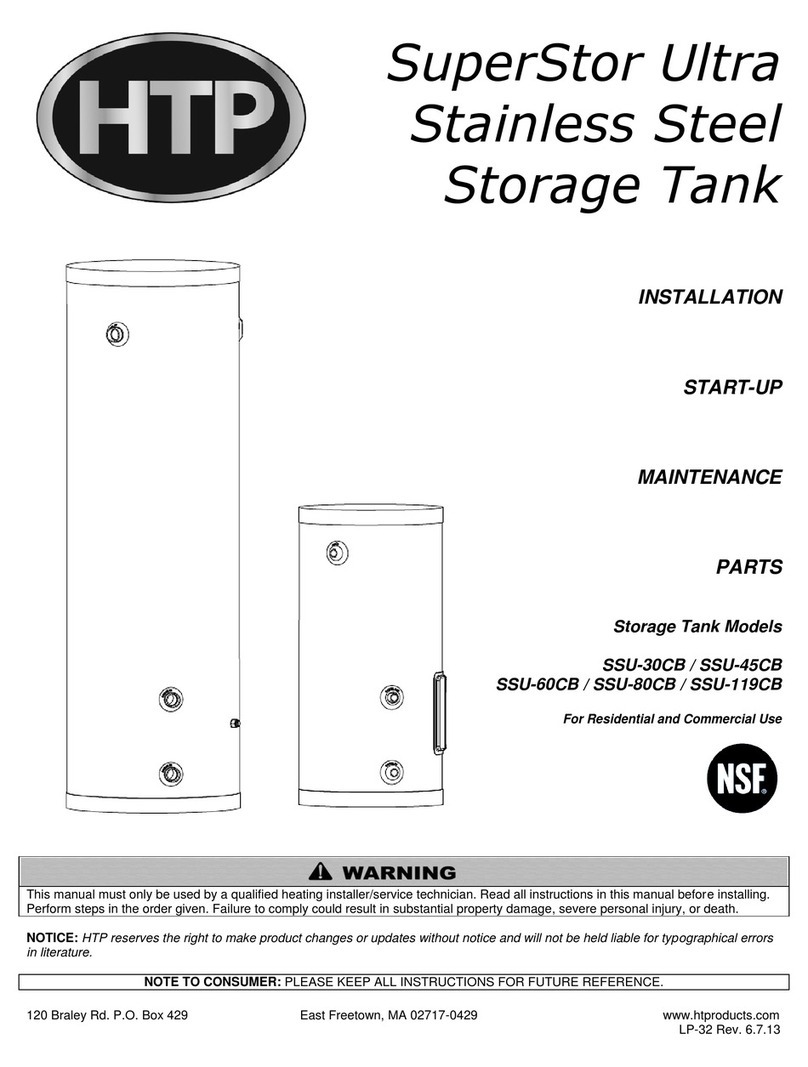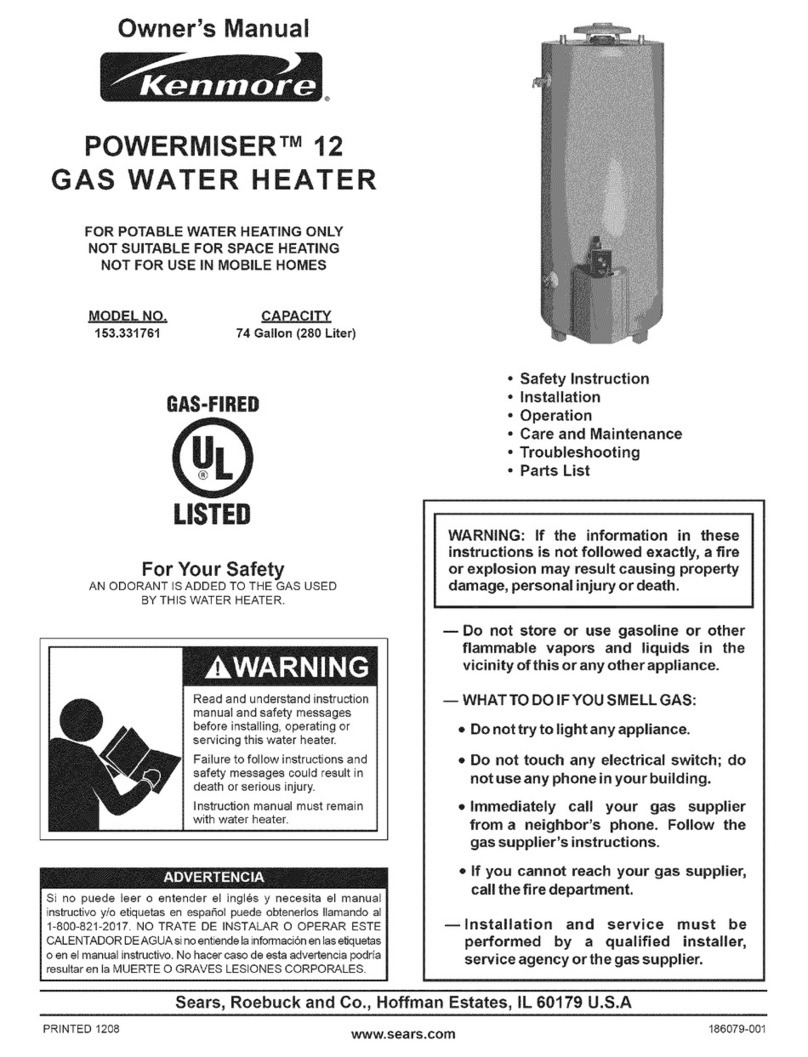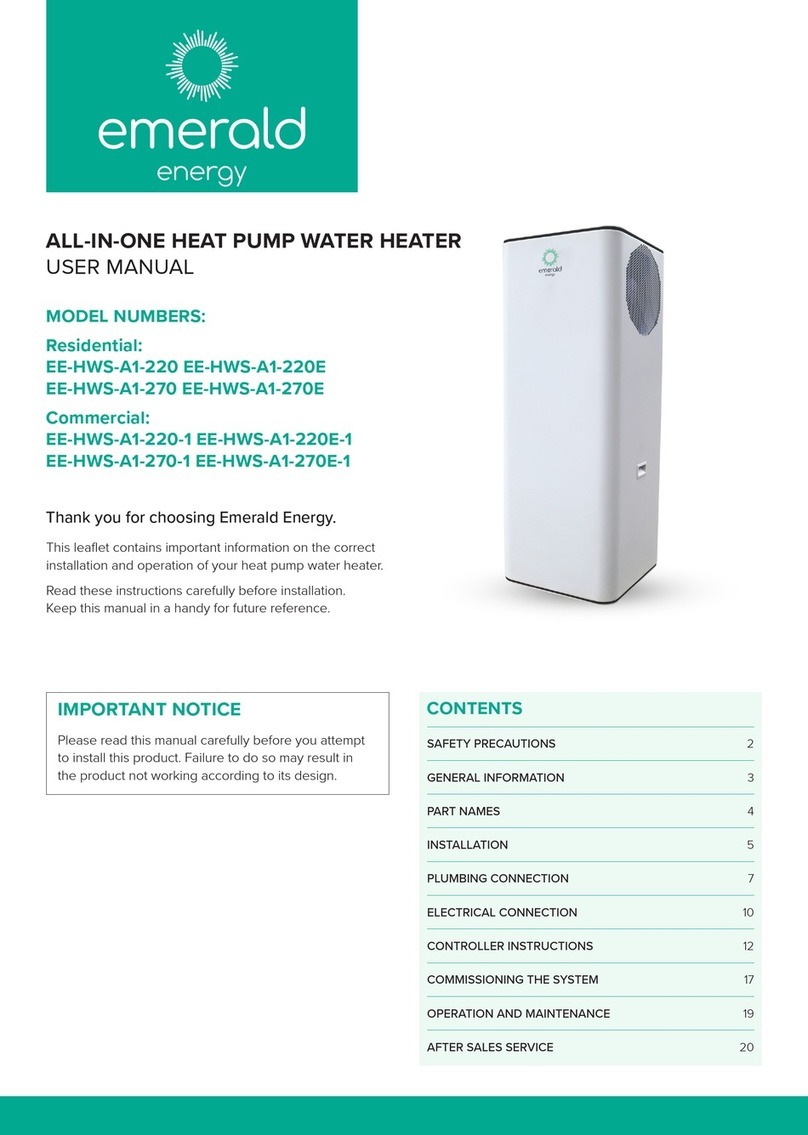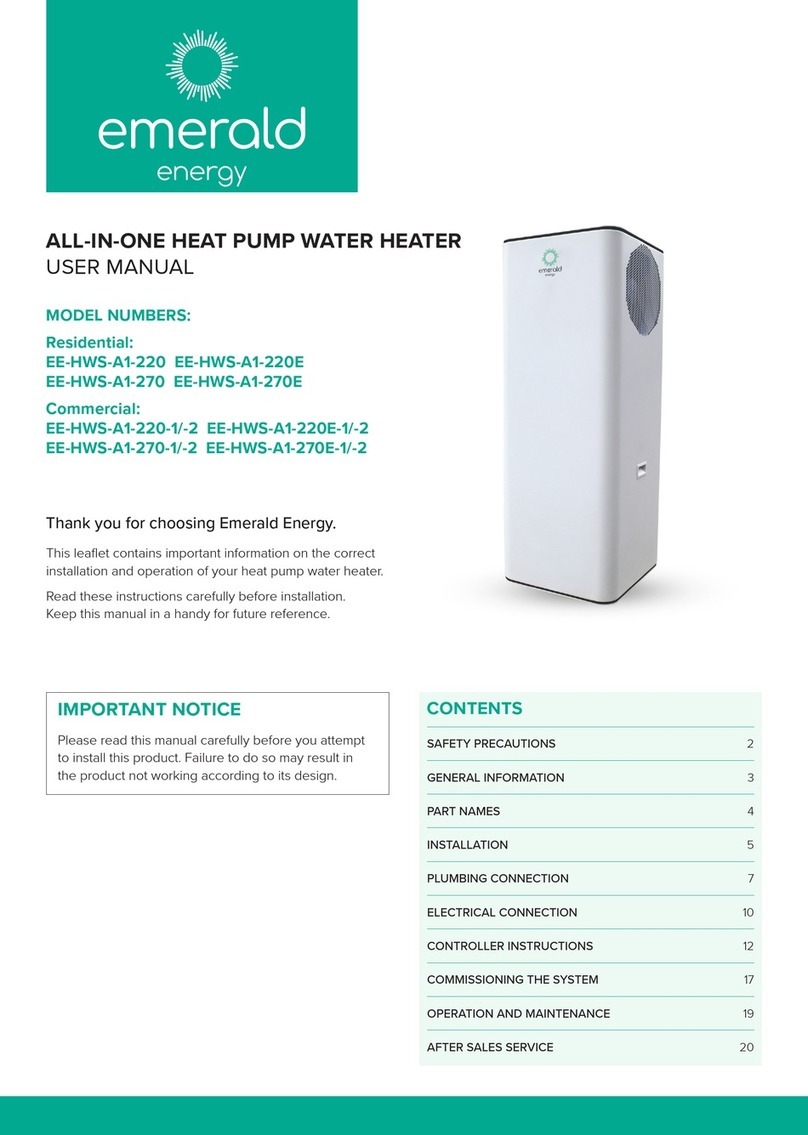
Do not remove, cover, or obscure any permanent instructions, labels,
or data labels located on the exterior or interior of the unit.
Only a qualified person should perform relocation, repair, and
maintenance tasks on the unit and not attempt to do so yourself.
Electric connection work must comply with the instructions of the
local power company and electric utility, as well as the manual.
Never use wiring and fuses with incorrect rated current as it can
result in equipment failure and pose a fire hazard.
Do not insert fingers, rods or other objects into the air inlet or outlet.
When the fan is rotating at high speed, it will cause injury.
Never use a flammable spray such as hair spray, lacquer paint near
the unit. It may cause a fire.
This appliance is not intended for use by persons (including children)
with reduced physical, sensory or mental capabilities or lack of expe-
rience and knowledge, unless they have been given supervision or
instruction concerning use of the appliance by a person responsible
for their safety. Children should be supervised to ensure that they do
not play with the appliance.
Tear apart and throw away plastic packaging bags so that children
will not play with them. Children playing with plastic bags face
danger of death by suocation.
Safely dispose of packing materials such as nails and other metal or
wood parts that could cause injuries.
Ask your dealer or qualified personnel to perform installation work in
accordance with this manual. Do not install the unit yourself. Improper
installation could result in water leakage, electric shocks or fire.
Be sure to use only specified accessories and parts for installation
work. Failure to use specified parts may result in water leakage,
electric shocks, fire, or the unit falling from its mount.
Install the unit on a foundation that can withstand its weight.
Insucient physical strength may cause the equipment to fall and
possible injury.
Perform specified installation work with full consideration of strong
wind, hurricanes, or earthquakes. Improper installation work may
result in accidents due to equipment falling.
Ensure that all electrical work is performed by qualified personnel in
accordance with local laws and regulations and this manual, using a
dedicated circuit. An inadequate capacity of the power supply circuit
or improper electrical work could result in electrical shock or fire.
Be sure to install a ground fault circuit interrupter according to local
laws and regulations. Failure to install a ground fault circuit interrupter
may cause electric shocks and fire.
Make sure all wiring is secure. Use the specified wires and ensure
that terminal connections or wires are protected from water and
other adverse external forces. Incomplete connection or axing may
cause a fire.
When making the power supply connections, arrange the wires in
such a way that the front panel can be securely fastened. If the front
panel is not securely in place, the terminals may overheat, causing
electrical shocks or fire.
After completing the installation work, check to make sure that there
is no refrigerant leakage.
Avoid direct contact with any leaked refrigerant as it may cause
severe frostbite. Do not handle the refrigerant pipes during or
immediately after operation as they can be hot or cold, depending
on the refrigerant flowing through them, the compressor, and other
refrigerant cycle components. Touching the refrigerant pipes can
cause burns or frostbite, so be sure to wait until they return to normal
temperature or wear protective gloves if necessary.
Do not touch the internal parts (pump, backup heater, etc.) during
and immediately after operation. Touching the internal parts can
cause burns. To avoid injury, give the internal parts time to return
to normal temperature or, if you must touch them, be sure to wear
protective gloves.
1. SAFETY PRECAUTIONS
33
Servicing shall only be performed as recommended by the
equipment manufacturer. Maintenance and repair requiring the
assistance of other skilled personnel shall be carried out under
the supervision of the person competent in the use of flammable
refrigerants.
⚠ CAUTION
Make sure the earthing pole of the socket is well grounded and the
power supply socket and plug are dry and connected securely.
Before cleaning, turn o the breaker or unplug the unit.
After prolonged use, inspect the unit's base and fittings for damage,
as it may sink and cause injury if damaged.
Ensure the drain pipe is properly arranged for smooth draining, as
improper drainage may result in building, furniture, and other items
getting wet.
The unit must be grounded with a resistance that complies with local
laws and regulations.
Do not connect the ground wire to gas or water pipes, lightning
conductors or telephone ground wires.
Incomplete grounding may cause electric shocks.
- Gas pipes: Fire or an explosion might occur if the gas leaks.
- Water pipes: Hard vinyl tubes are not eective grounds.
- Lightning conductors or telephone ground wires: Electrical
threshold may rise abnormally if struck by a lightning bolt.
The installation height of power supply should be over 1.8m, if there
is any water spattered, separate the power supply from water.
Do not wash the unit. This may cause electric shocks or fire.
The appliance must be installed in accordance with national wiring
regulations. If the supply cord is damaged, it must be replaced by a
qualified electrician.
Do not install the unit in the following places:
- Where there is mineral oil, oil spray (eg: kitchen) or vapors.
Plastic parts may deteriorate, and cause them to come loose
or water to leak.
- Where corrosive gases (such as sulfurous acid gas) are
produced. Where corrosion of copper pipes or soldered parts
may cause refrigerant to leak.
- Where there is machinery which emits electromagnetic waves.
Electromagnetic waves can disturb the control system and cause
equipment malfunction.
- Where flammable gases may leak, where carbon fiber or
ignitable dust is suspended in the air or where volatile flammables
such as paint thinner or gasoline are handled. These types of
gases might cause a fire.
- Where the air contains high levels of salt such as near the
ocean.
- Where voltage fluctuates a lot, such as in factories.
- In vehicles or vessels.
- Where acidic or alkaline vapors are present.
- Other special environments.




















